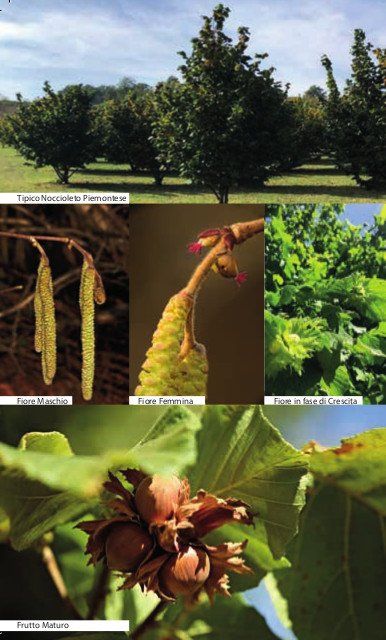Production of hazelnuts according to tradition in Alba
Interesting facts about hazelnuts
The peculiarity of this plant is the fact that it blooms in the middle of winter, usually around January and February, although the flowers begin to appear in late summer or autumn. These are the male flowers, a kind of cylindrical cluster of green color that can reach a length of 7-10 cm. It all depends a lot on the trend of the season, but this plant is certainly one of the earliest to flower. Small intense red flowers are found at the ends of the branches. These are the female flowers that are hidden within small buds a few millimeters long. When the male flowers bloom, the female flowers offer a red tuft destined to accommodate the pollen grains. Pollination is entrusted to the wind: no need for showy, colored and fragrant flowers (they must not attract the attention of insects) but structures that can release clouds of pollen into the air. Flowering occurs before the plant leaves its leaves, a natural barrier that would hinder the circulation of pollen between the branches. Like all plants that entrust their future to the wind, the hazelnut also produces large quantities of pollen, which for the most part will be lost. From the pollinated buds, we obtain our Hazelnuts, woody fruits, surrounded by a jagged leaf envelope, which in groups of 2-3 or more ripen in late summer containing a single edible fruit.
Artisan quality and unmistakable aroma
The Gentle Round Trilobate hazelnut
Production of semi-finished products with hazelnuts
From shelling to the finished product
The hazelnut protagonist in pastry

Slide title
Write your caption hereButton
OUR LOCATION
OPENING HOURS
- Mon - Fri
- - -
- Sat - Sun
- Closed








